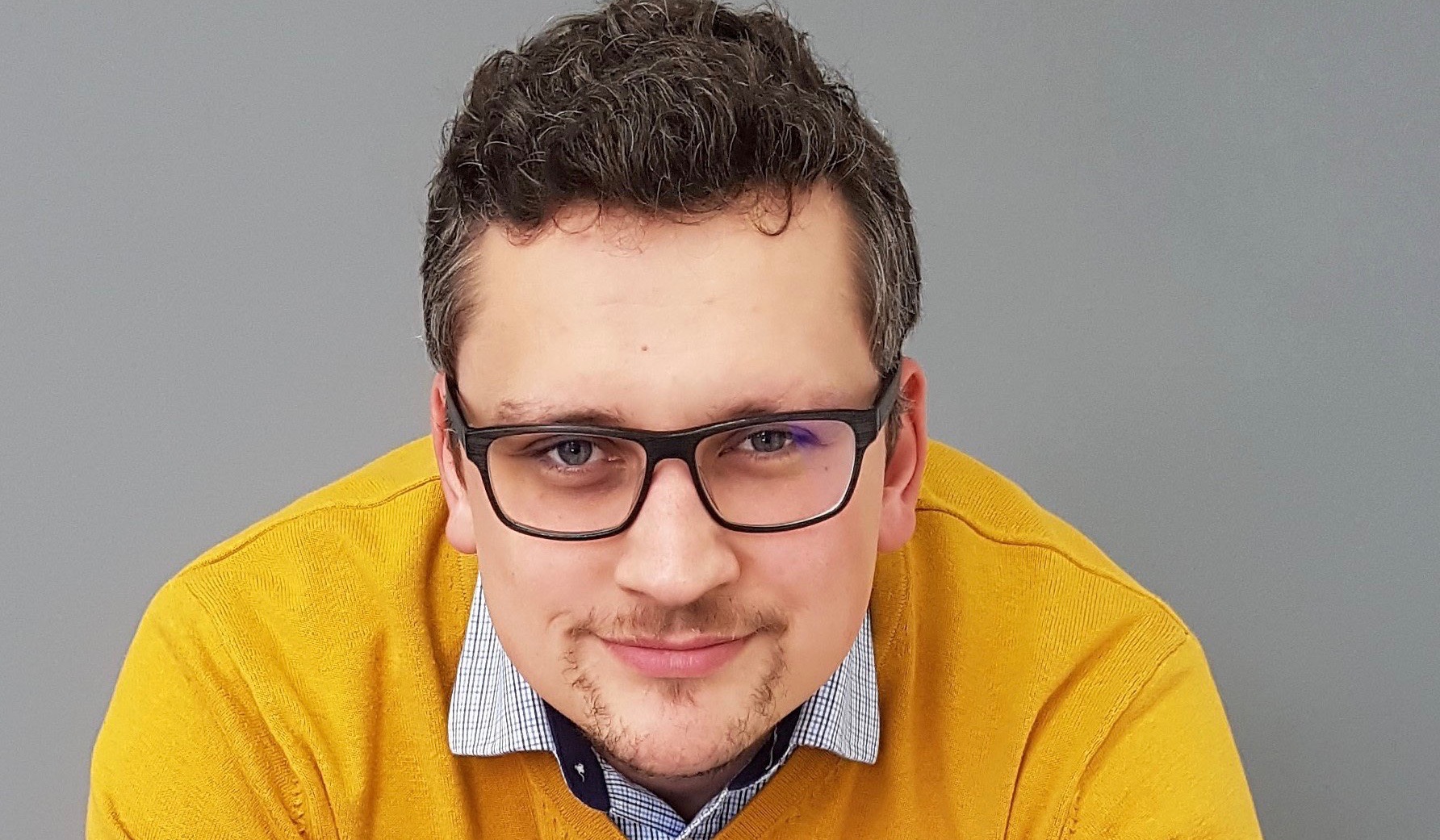The fact is that sixteen percent of adults suffer from an overactive bladder, and a third of these suffer from incontinence. The new device should help patients with so called ‘urgent incontinence’ and other symptoms of an overactive bladder. With stress incontinence, urine leaks during physical activity, laughter or coughing. It is caused by a muscle imbalance, however with urgent incontinence, is accompanied by a strong need to urinate and sometimes urine leaks out even when the bladder is only partially filled, this is caused by faulty transmission between the receptors in the bladder and the brain. The receptors in the bladder give false signals, and the brain reacts by contracting the muscles around the bladder, which causes urgency and, as a result, a sudden need to empty the bladder. This need can be so intense that the patient can’t postpone it or can’t reach the toilet in time, which leads to incontinence.
Limitations of current incontinence treatments
Currently incontinence is treated with drugs that chemically block the transmission from the receptors. However this treatment is far from perfect, it doesn’t work on about one third of patients. About 80% of patients respond to the treatment and then stop using the drugs within two years because they have unpleasant side effects; dry eyes, mouth; often constipation and tend to have trouble with orientation and balance.
“Our treatment spares the patient unnecessary discomfort, and inconvenience cost” – says Lukáš Doskočil.
It can also be treated by the invasive method of direct stimulation of the roots of the spinal nerve using a surgically inserted electrostimulator. The new method stimulates nerves on the periphery that are connected to nerves in the bladder. The electrodes stimulate the nerves, which send an impulses to the brain’s urinary centre, from where the impulse is sent to the bladder. The stimulation leads to the eventual restoration of communication between the bladder and the brain.
“This method is very gentle and effective,” adds Lukáš Doskočil.

Czech invention & Tesla Medical
Methods based on the principle of electrostimulation have been used since the 1960’s, but this new method uses a special kind of electrode which is the invention of doctors; urologists Bedřich Binek and Michal Rejchrt from the Urologic Clinic of Motol University Hospital. Their work has resulted in two Czech patents. Recently, a contract was signed at the Centre for Knowledge and Technology Transfer of the Charles University to transfer those patents and know-how to Tesla Medical.
This start-up received a license from the Second Faculty of Medicine and started developing a commercial version of the device.
“We finished the certification process of a conformity assessment in January and obtained all the authorizations needed for entering EU markets. Currently, we are preparing a post marketing follow-up, we will trial the efficiency and security of our URIS device. One of the centers where it will be studied is the Urologic Clinic in Motol University Hospital, but the study will be conducted on ten other centers across the Czech Republic and should be tested on 110 patients.
After the trials TESLA Medical will rent URIS device for a very low price to other urological clinics. We don’t slow down the expansion on the market and ensure the device will be available for patients as soon as possible. We want to produce 1000 units in the course of 2018 and 2019.”
Plans for EU
Prior to founding Tesla Medical, Lukáš Doskočil served for several years at Special Medical Technology, Ltd., a middle-sized meditech company with more than 20 years in electrosurgery and cryosurgery. There the idea of collaborating with physicians from Motol came up.
“Based on that, I created a project and the Tesla Medical company formed to carry it out and develop a commercial version of the device based on the new method for stimulating periphery nerves and introduce it on the market. It is more interesting for investors to fund a new project with an innovative technology than to invest into a well-established company,” says Mr. Doskočil.
He managed to contact initial private investors and then it was possible to start developing the device.
“Now we are negotiating with investors about a project that allows to use our treatment in all EU countries. I think our URIS device can completely change the way we treat overactive bladder and incontinence.”
The activity of Tesla Medical doesn’t end with this project. This start-up is currently developing a device to treat tinnitus, which is the hearing of sound when there is no sound present.
“One of our developers used to suffer from tinnitus, tried all the available treatments and made himself a device that helped him significantly. Together with him and some physicians, we are working on a device that could be used to treat all patients suffering from tinnitus, which is a tenth of the population.”
The new treatment and device is a result of new activity of Charles University in Prague and its Centre for knowledge and technology transfer.
“The contract for transfer of patent rights and know-how between the Charles University and the Tesla Medical company is one of the first instances of Charles University transferring technology from the academic environment to an application,” says Otomar Sláma, vice director of the Centre.










